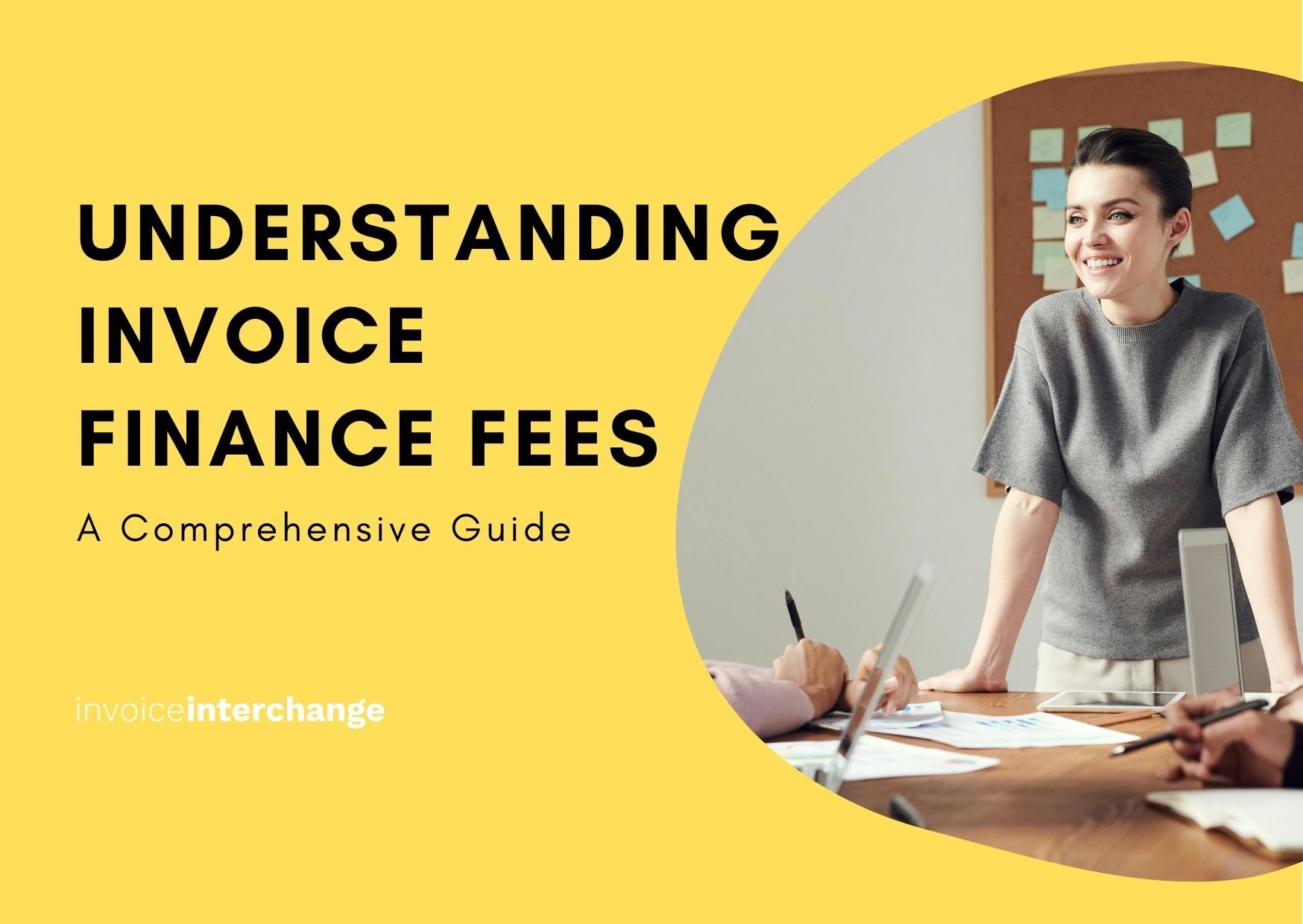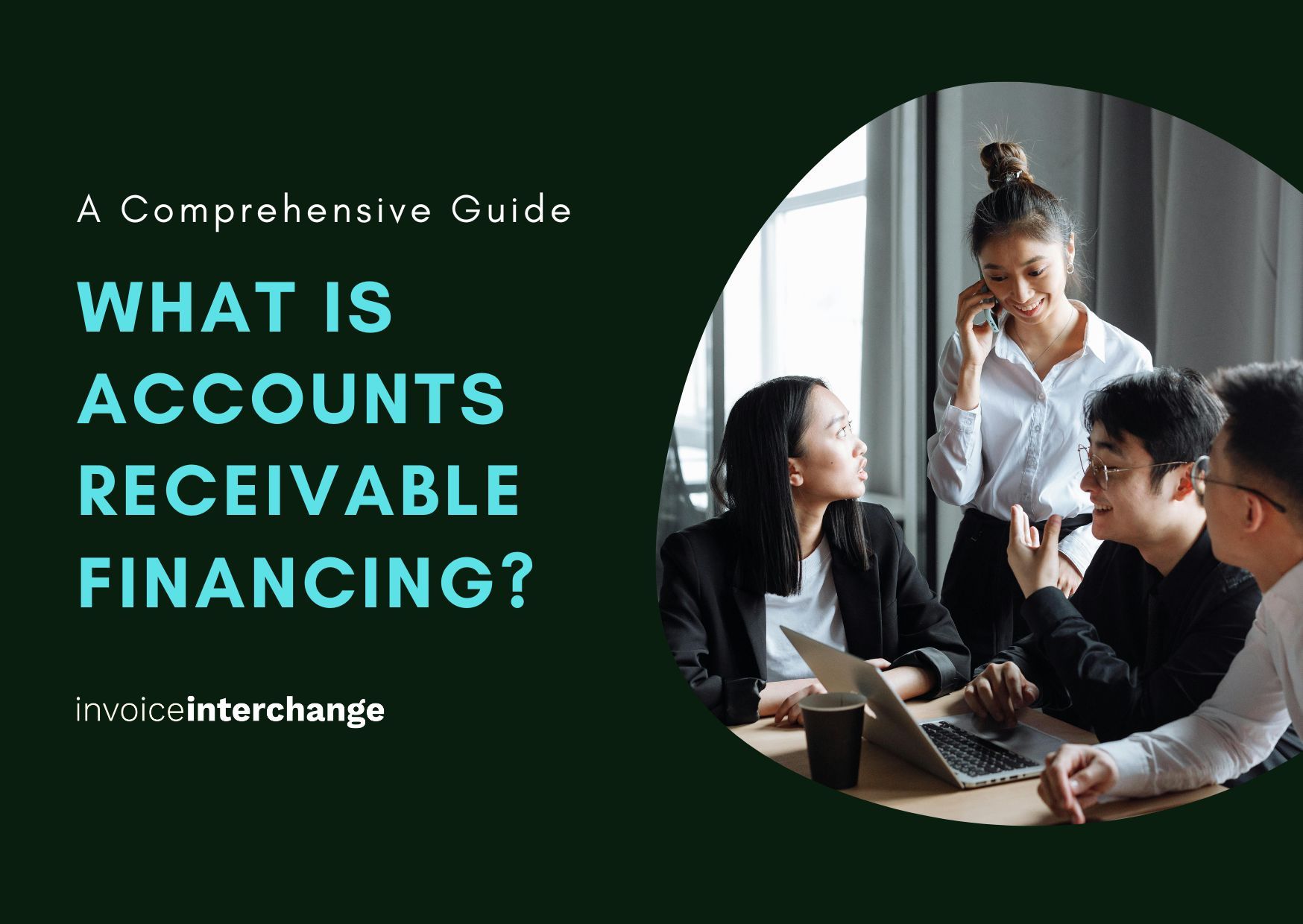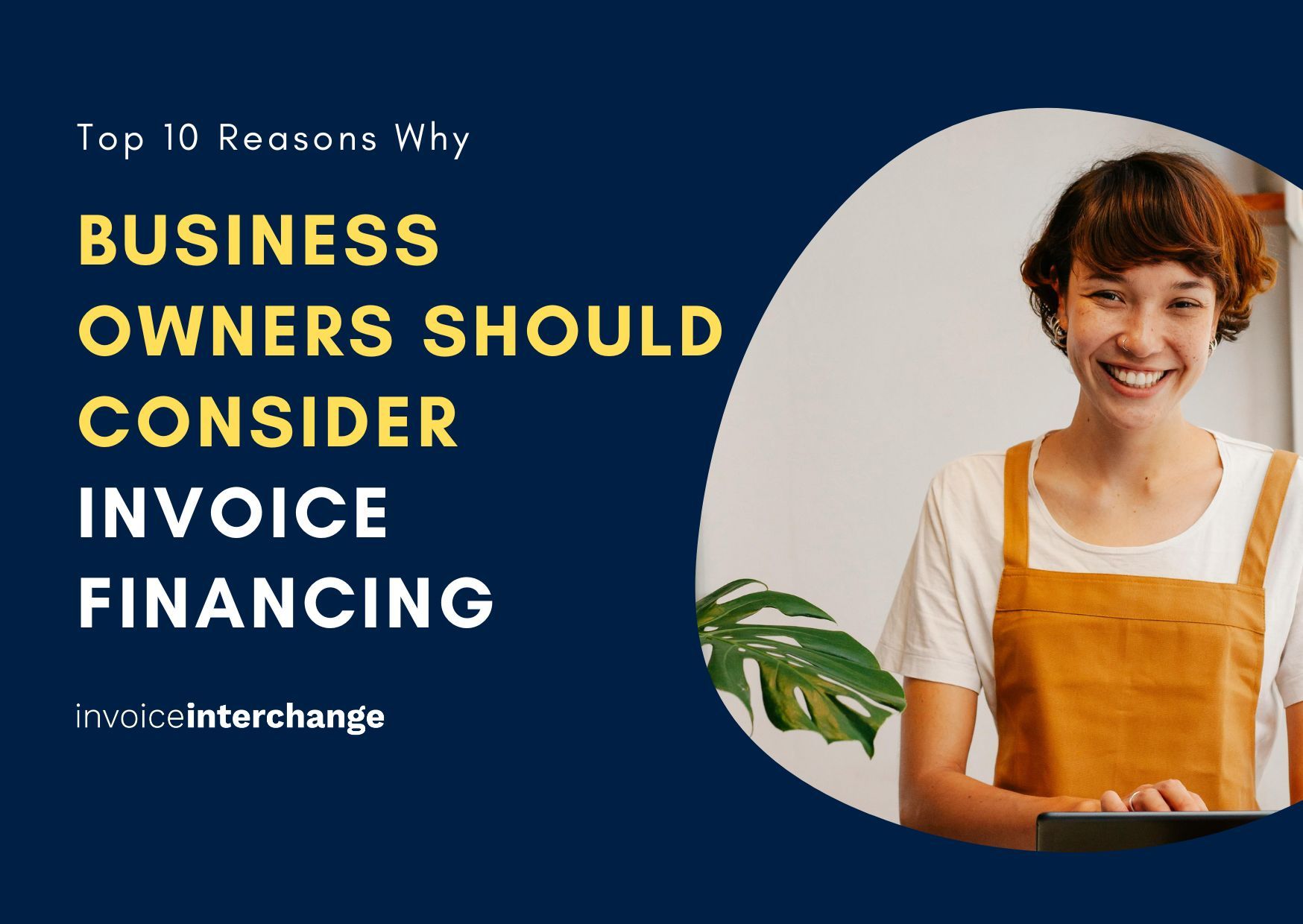
Understanding Invoice Finance Fees: A Comprehensive Guide
Invoice financing has become a vital tool for businesses seeking to manage cash flow and bridge funding gaps. To apply for invoice financing, businesses need to follow a step-by-step process that includes meeting eligibility criteria, submitting required documents, understanding the approval process, and knowing the potential loan amount they can apply for. However, understanding the fee structures associated with this form of financing is crucial to making informed financial decisions. This comprehensive guide will walk you through what invoice financing is, how it works, the invoice finance fees, and how to minimise these costs.
What is Invoice Financing?
Invoice financing is a financial service that allows businesses to sell their unpaid invoices to a third party at a discount in exchange for immediate cash. This approach provides immediate access to capital, helping businesses improve cash flow and cover short-term expenses without waiting for customers to pay their invoices.
Invoice discounting, on the other hand, involves a company using its existing invoices as security for a type of bank loan, which is often less comprehensive but usually less expensive than invoice factoring.
How it differs from traditional business loans
Unlike traditional small-business loans, invoice financing involves selling outstanding invoices rather than borrowing money. This means businesses are leveraging their accounts receivable to gain immediate funds, which can be more advantageous than taking on debt.
Benefits of Invoice Financing
Unlocking Capital Trapped in Unpaid Invoices
Invoice factoring enables businesses to convert their outstanding invoices into a cash advance to help bridge the cash flow gap. This eliminates the wait for customers to settle their accounts receivable and ensures a steady cash influx.
Improving Business Cash Flow and Growth
By providing quick access to working capital, invoice factoring helps businesses cover operational expenses and invest in growth opportunities, thereby supporting overall business stability and expansion.
Invoice Financing Fee Structure
Here’s a breakdown of the common fees associated with invoice financing:
1. Discount Fee
The invoice factoring cost is the primary cost of invoice financing, encompassing various fees and charges such as the discount fee, flat rate fees, and additional fees. The discount fee is a percentage of the invoice amount and is charged by the financing company for advancing the cash before the invoice is paid. This fee is typically calculated on a daily, weekly, monthly, or annual basis.
2. Service or Transaction Fee
The service fee covers the administrative costs of managing the invoices and the account. This can include processing invoices, conducting credit checks on customers, and handling collections. The service fee may be a flat fee or a percentage of the invoice value.
3. Credit Check Fee
Some invoice financing companies charge a fee to perform credit checks on your customers. This fee helps the financing company assess the risk associated with the invoices they are financing.
4. Sign-Up Fee
A sign-up fee may be charged by an invoice factoring provider when you first enter into an agreement with an invoice financing provider. Developing a relationship with an invoice factoring provider is crucial as it can lead to better financial understanding and lower service rates. This fee covers the initial setup and due diligence process required to establish the financing arrangement.
5. Late Payment Fee
If a customer delays payment beyond the agreed-upon terms, the financing company may charge a late payment fee. This fee compensates the company for the extended period of risk.
6. Contract Termination Fee or Exit Fee
If you decide to terminate the invoice financing agreement before the end of the contract term, factoring companies may require you to pay a contract termination fee. This fee compensates the financing company for the early termination of the contract and covers the costs associated with their services, such as credit checks and managing recourse vs non-recourse factoring.
7. Minimum Volume Fee
Some invoice financing providers require a minimum volume of invoices to be factored each month. If you do not meet this minimum volume, you may be charged a fee to cover the shortfall.
8. Drawdown Fee
A drawdown fee may be charged each time you request an advance against an invoice. This fee is usually a small percentage of the amount advanced.
9. Verification Fee
In some cases, a verification fee is charged to cover the cost of verifying the authenticity of invoices with your customers. This process ensures that the invoices are valid and will be paid.
10. Renewal Fee
If the invoice financing agreement needs to be renewed after a certain period, a renewal fee may be charged. This fee covers the administrative costs of extending the financing agreement.
11. Collection Fee
If the financing company takes over the responsibility of collecting payments from your customers, they may charge a collection fee. This fee covers the cost of the collection efforts.
12. Overdue Fee
If an invoice remains unpaid for an extended period, beyond the late payment terms, an overdue fee may be applied. This fee compensates the financing company for the prolonged risk and effort in chasing the payment.
Factors Influencing Invoice Financing Costs
Here are the key factors that affect invoice financing fees:
1. Invoice Volume and Size
Volume: The number of invoices you finance can impact the fees. Higher volumes often result in lower fees per invoice due to economies of scale.
Size: The value of each invoice also plays a role. Larger invoices may attract lower percentage fees compared to smaller ones, as they represent a more significant amount of capital.
2. Industry Type
Certain industries are considered higher risk than others. For example, industries with longer payment cycles or higher default rates may incur higher fees.
Conversely, industries with more stable and predictable cash flows may benefit from lower fees.
3. Customer Creditworthiness
The creditworthiness of your customers is a significant factor. If your customers have a strong history of paying invoices on time, the financing company perceives less risk, leading to lower fees.
If your customers have poor credit ratings or a history of late payments, fees may be higher to compensate for the increased risk.
4. Payment Terms
The terms of your invoices, such as net 30, net 60, or net 90, can influence the fees. Longer payment terms increase the risk and time the financing company has to wait for payment, leading to higher fees.
Shorter payment terms usually result in lower fees.
5. Provider’s Risk Assessment
Different invoice financing providers have different risk assessment models. Some may be more conservative and charge higher fees, while others may offer more competitive rates.
The provider’s experience and specialization in your industry can also impact their risk assessment and fee structure.
6. Advance Rate
The percentage of the invoice value that the financing company advances upfront, known as the advance rate, can affect the fees. Higher advance rates typically come with higher fees because the provider is advancing more capital.
Lower advance rates may reduce the overall cost of financing.
8. Company’s Financial Health
The financial stability and creditworthiness of your own business can influence the fees. Companies with strong financials and stable cash flow profiles may be able to negotiate better rates.
Startups or businesses with weaker financial health might face higher fees.
9. Invoice Facility Structure
Notification vs. Non-Notification Factoring
In notification factoring, the buyer is aware that their invoices are being handled by an invoice factoring company, which assesses the risk of late payments and calculates the discount fee as a percentage of the invoice value. Non-notification factoring, on the other hand, keeps the involvement of the factoring company discreet, with the buyer unaware of the third-party involvement.
Recourse vs. Non-Recourse Factoring
Recourse factoring means the business remains liable if the buyer fails to pay the invoice. Non-recourse factoring transfers this risk to the factoring company, which assumes responsibility for any non-payment by the buyer.
Comparing Invoice Financing Solutions
Comparing invoice financing companies can be tricky due to different terminology and pricing structures. By being aware of the potential costs involved, you can make more informed decisions and negotiate better terms with your invoice financing provider.
At InvoiceInterchange, we make invoice financing fee structure simple. There are only 2 fees, discount fee and transaction fee and only incurred when you drawdown against your unpaid invoices. There are no lock-in contracts, minimal drawdown or any other fees.
Related Articles

Top Tips for a Successful Invoice Finance Application

What Is Accounts Receivable Financing? A Comprehensive Guide
